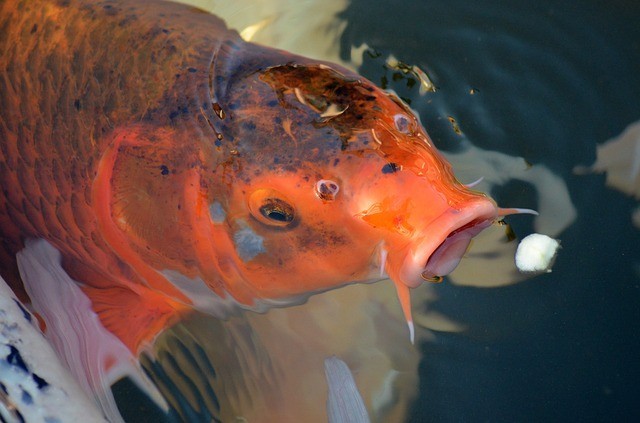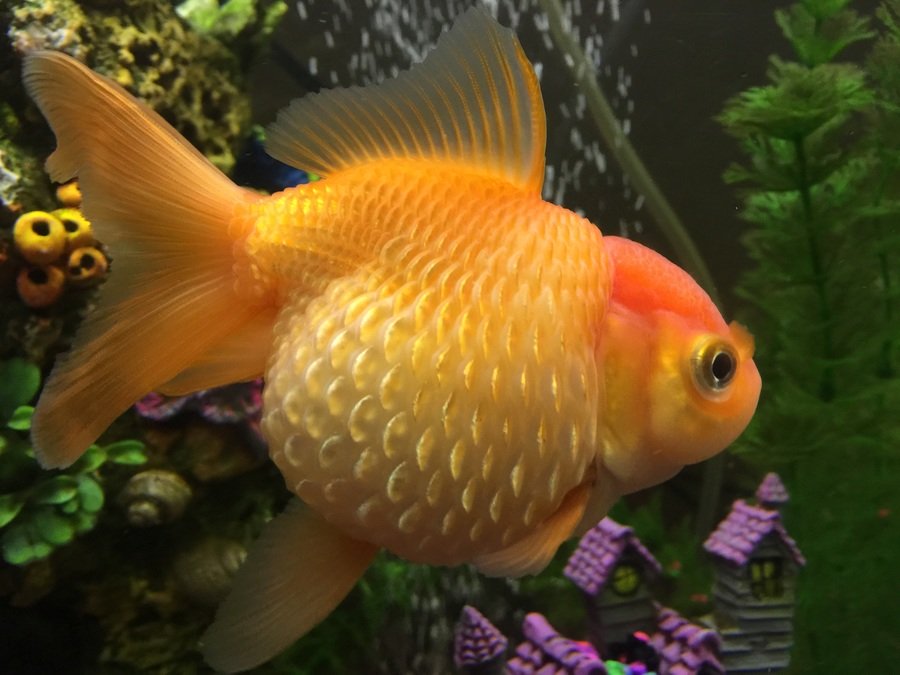
In today’s post, I’m going to show you top 10 bacterial diseases of fish
In Fact: Indications and Treatments
Let’s dive right in.
Bacterial diseases are typically described by red streaks or spots or potentially expanding of the midsection or eye.
I. Red Vermin
Indications:
Wicked streaks on the body, blades, or potentially tail show up, so it is called a red nuisance. In serious disease, these streaks could prompt ulceration and conceivably followed by blade and tail decay with the tail as well as balances tumbling off.
Treatment:
Outer medicines are typically not viable as the sickness is interior.
At the presence of illness:
- Treat the tank with a sanitizer and clean the tank as best as could really be expected.
- To clean, use acriflavine (trypaflavine) or monacrin (mono-amino-acridine) utilizing a 0.2% arrangement at the pace of 1 ml for every liter. The two sanitizers will shading the water, yet the shading vanishes as the sanitizers scatter.
- Try not to take care of a great deal while the fish is being dealt with.
- In the event that the fish don’t seem to react well, end cleaning. Then, at that point, add an anti-toxin to the food. 1% of anti-toxin might be painstakingly blended in with piece food. In the event that you keep the fish hungry they ought to anxiously eat the blend before the anti-microbial disseminates.
Anti-toxins are normally accessible in 250 mg cases, whenever added to 25 grams of piece food, one case ought to be sufficient to treat many fishes. A decent anti-toxin is Chloromycetin (chloramphenicol) and use antibiotic medication.

II. Mouth Organism
Indications:
White cottony patches around the mouth. It appears as though an organism assaults the mouth, so it is called mouth growth. It is really caused by the bacterium Chondrococcus columnaris. Before all else, a dark or white line shows up around the lips, and later short tufts emerge from the mouth-like organism. This infection might be lethal because of the creation of poisons and the powerlessness to eat. Thus treatment at a beginning phase is fundamental.
Treatment:
Penicillin at 10000 units for every liter is an extremely powerful treatment. The second portion ought to be allowed in two days, or use Chloromycetin, 10 to 20 mg for every liter, with the second portion in two days.
III. Tuberculosis
Indications:
Gauntness, empty stomach, potentially injuries, tuberculosis is brought about by the Bacterium Mycobacterium piscium. Fish tainted with tuberculosis might become empty bellied, pale, show skin ulcers and frayed balances, and loss of craving. Yellowish or hazier knobs might show up on the body or eyes. The primary driver for this illness has all the earmarks of being packed in unkept conditions.
Treatment:
There is no known and successful treatment for this sickness. The best thing to do is to obliterate the tainted fish and, if unkept conditions or congestion is the presumed cause, it is needed to go to fundamental lengths.
IV. Dropsy
Manifestations:
Dropsy is caused by bacterial contamination of the kidneys, causing liquid collection or renal disappointment. The liquids in the body develop and cause the fish to swell up and the scales to project.
A compelling treatment is to add an anti-microbial to the food. With piece food, use around 1% of anti-microbial and cautiously blend it. Anti-infection agents in 250 mg cases whenever added to 25 grams of piece food will be adequate to treat many fishes. A decent anti-infection is Chloromycetin (chloramphenicol), or use antibiotic medication.
V. Scale Distension
Indications:
Distending scales without body swell. Bacterial contamination of the scales, as well as the body, causes scale distension. A compelling treatment is to add an anti-microbial to the food. With piece food, use around 1% of anti-microbial like Chloromycetin (chloramphenicol), or antibiotic medication.

VI. Tail Decay and Blade Decay
Indications:
Breaking down blades that might be decreased to stumps, uncovered balance beams, blood on edges of balances, regions at the base of balances, skin ulcers with dark or red edges, overcast eyes. It is brought about by the microbes Aeromonas. On the off chance that tank conditions are bad contamination can be caused from a basic physical issue to the balances/tail. Tuberculosis can prompt tail and blade decay. Fundamentally, the tailor potential balances become frayed or lose shading.
Treatment:
Treat the water or fish with anti-toxins. A decent anti-toxin is Chloromycetin (chloramphenicol) or antibiotic medication. Treatment of 1% CuSO4 is additionally compelling.
VII. Ulcer
Indications:
Loss of hunger and slow body development is brought about by bacteria, Haemophilus.
Treatment:
Give plunge treatment in 1% CUSO4 briefly for a time of 3 to 4 days. Anti-infection agents oxytetracycline and chloramphenicol might be helpful in intense contamination.
Precautionary measures during Treatment of Bacterial Diseases:
Bacterial diseases are best treated by anti-infection agents like penicillin, amoxicillin, or erythromycin. The most well-known parasitic illness called “Ich” can be dealt with most adequately with copper or malachite green in the right measurement.
Most meds contain copper as a fixing. Many water medicines like “Aquari-Sol” will likewise contain copper as a fixing. The copper might be unsafe to most plants and spineless creatures, like snails. Without a doubt, most snail removers are copper-based.
Anti-toxin might upset natural filtration in the tank. In this manner, it is additionally prescribed to screen either alkali and nitrite levels of water or utilize a smelling salts remover, for example, “Am-Quel” to be certain that the degree of smelling salts doesn’t surpass as far as possible.
Recommended for You: Similar Articles to Explore
- How Long Can Fish Stay In A Bag?
- How To Raise Pet Fish?
- Fungal And Parasitic Diseases Of Fishes
- What Is Aquaponics?
- Top 10 Most Popular And Beautiful Fishes In The World
